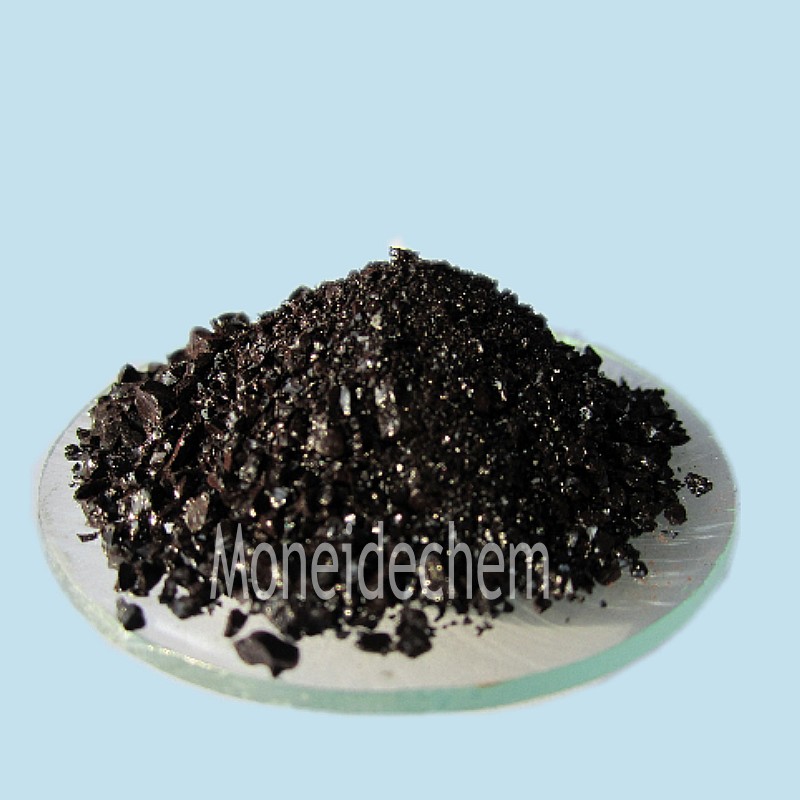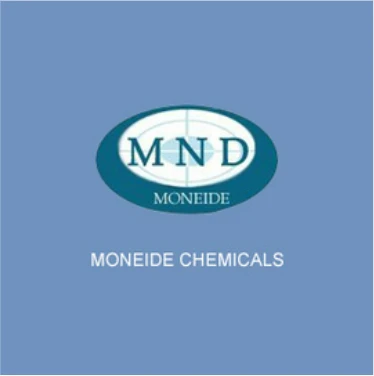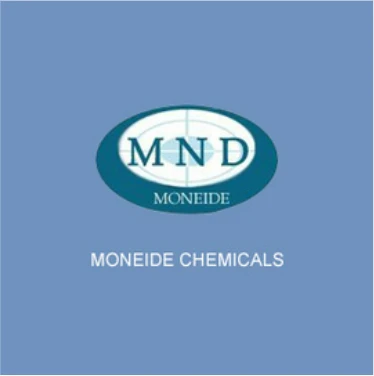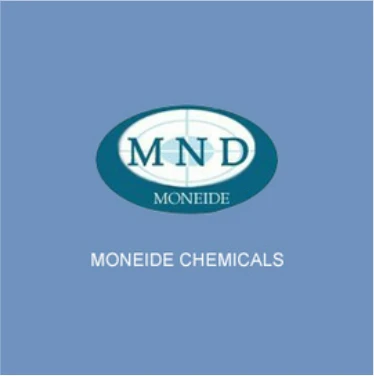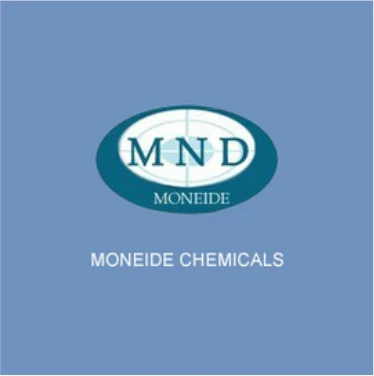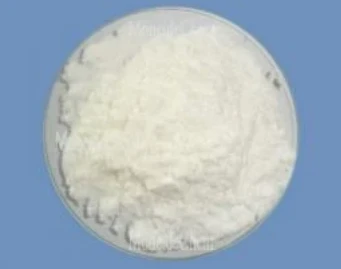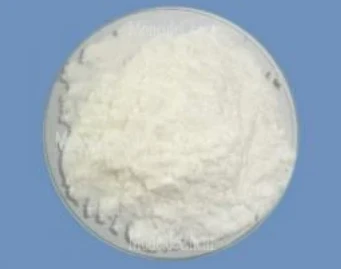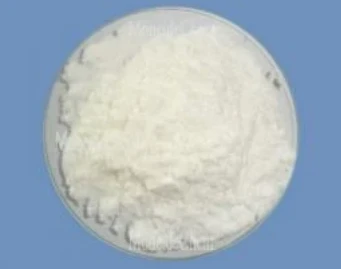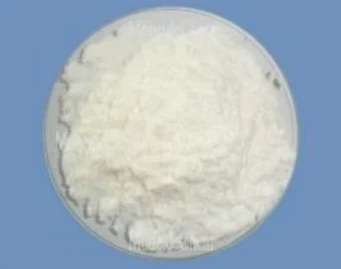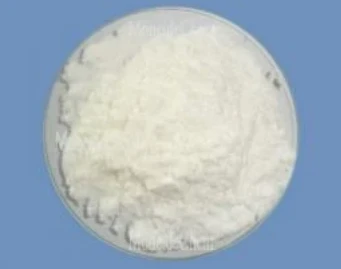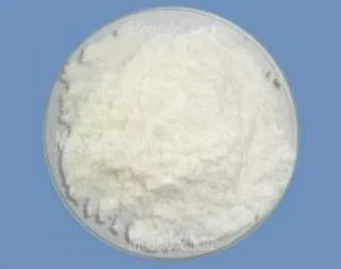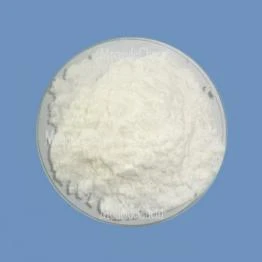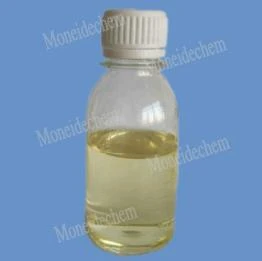Welina mai iā Tangshan Moneide Trading Co., Ltd.
Nā Mea Kimi Moneide
Tel: 86-315-8309571
WhatsApp/WeChat/Mobile: 0086-15633399667
Skype: janet-honest
Leka: sales@moneidechem.com
Wahi: 2-7-523 Jidong Building Materials Tangshan, Hebei 064000 Kina
Aluminon
|
Inoa Kimia |
Aluminon |
|
Nā huaʻōlelo like |
Aurintricarboxylic acid triammonium salt; Triammonium 5,5'-(3-carboxylato-4-oxocyclohexa-2,5-dienylidenemethylene)disalicylate |
|
CAS No. |
|
|
ʻAno molekala |
C22H23N3O9 |
|
EINECS No. |
209-319-1 |
|
Kaumaha molekula |
473.43 |
|
Hoʻokumu Molecular |
|
|
Nā kikoʻī |
Appearance: Yellow brown or brown red powder Sensitivity as reagent for Aluminium: pass test Solubllity in water: pass test Sulfated ash(SO4): 0.2% max. Sulfate(SO4):0.8% max. |
|
Noi Nui |
Biochemical reagents. |
What is aluminon used for?
Aluminon (ammonium aurintricarboxylate) is primarily used as a sensitive colorimetric reagent for detecting aluminum ions in analytical chemistry. When mixed with aluminum-containing solutions, it forms a distinct red lake complex, allowing for both qualitative identification and quantitative spectrophotometric measurement of aluminum concentrations. This application is particularly valuable in water quality testing, where monitoring aluminum levels is crucial for environmental and industrial purposes. The reagent also finds use in metallurgy for aluminum ore analysis and in biological studies investigating aluminum distribution in tissues. Its selective reactivity makes it preferable to many other detection methods, though proper pH control is essential for accurate results. The intense color change provides clear visual confirmation even at low aluminum concentrations.
What is the formula for aluminon solution?
The chemical formula, representing its structure as an ammonium salt of aurintricarboxylic acid. In solution preparation, it's typically dissolved in weakly acidic aqueous media (pH ~4-5) to maintain reactivity while preventing premature decomposition. A standard working solution contains approximately 0.1-0.2% aluminon mixed with acetate buffer to stabilize the pH-sensitive dye. The solution appears yellow-orange in its uncomplexed form but undergoes a dramatic color shift to bright red upon aluminum binding. For enhanced stability, some formulations include small amounts of surfactants or organic co-solvents, though water remains the primary solvent due to aluminon's good solubility and the aqueous nature of most test samples.
What is the aluminon indicator?
The aluminon indicator is a specialized chemical detection system that exploits aluminon's selective color change in the presence of aluminum ions. This indicator system is remarkably sensitive, capable of detecting aluminum concentrations as low as 0.1 ppm under optimal conditions. The intensity of the resulting coloration is proportional to aluminum content, enabling both spot-test qualitative analysis and precise spectrophotometric quantification. While primarily aluminum-specific, the indicator can show cross-reactivity with certain other metal ions unless properly masked. Its popularity stems from the reagent's stability, the reaction's reproducibility, and the striking visual contrast between negative and positive results.









